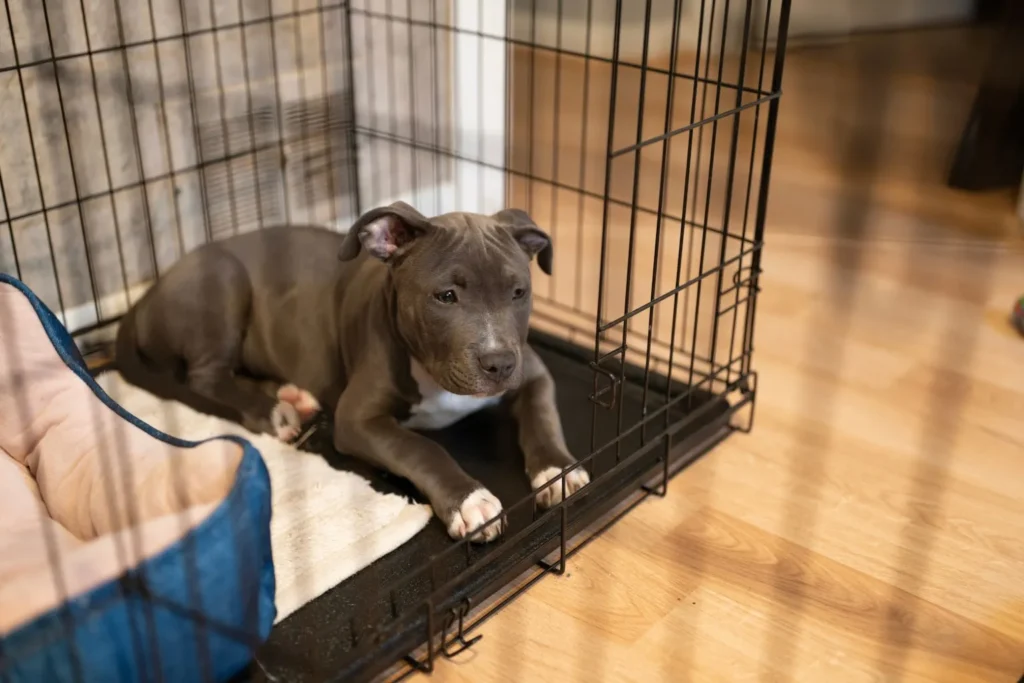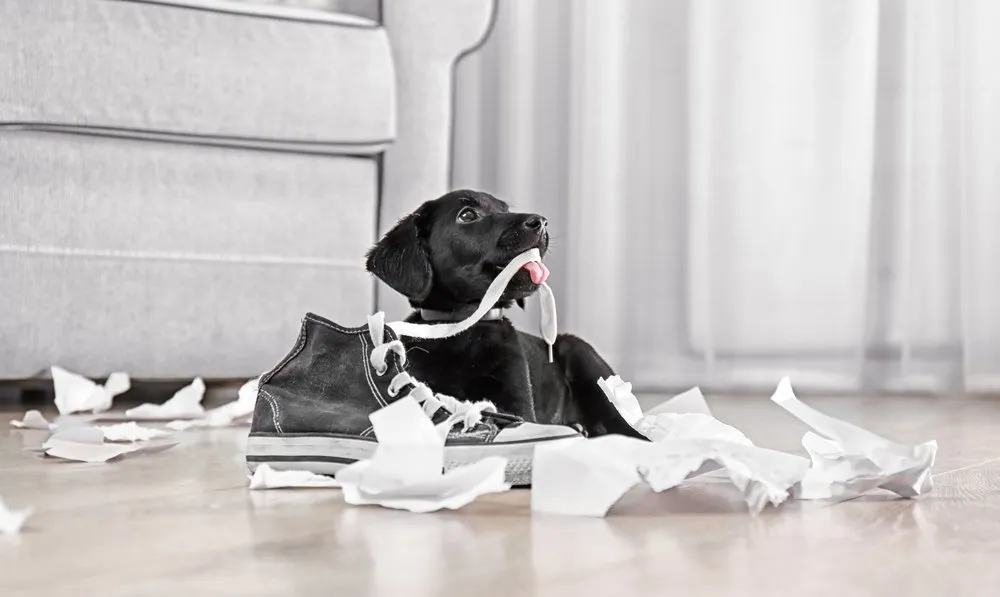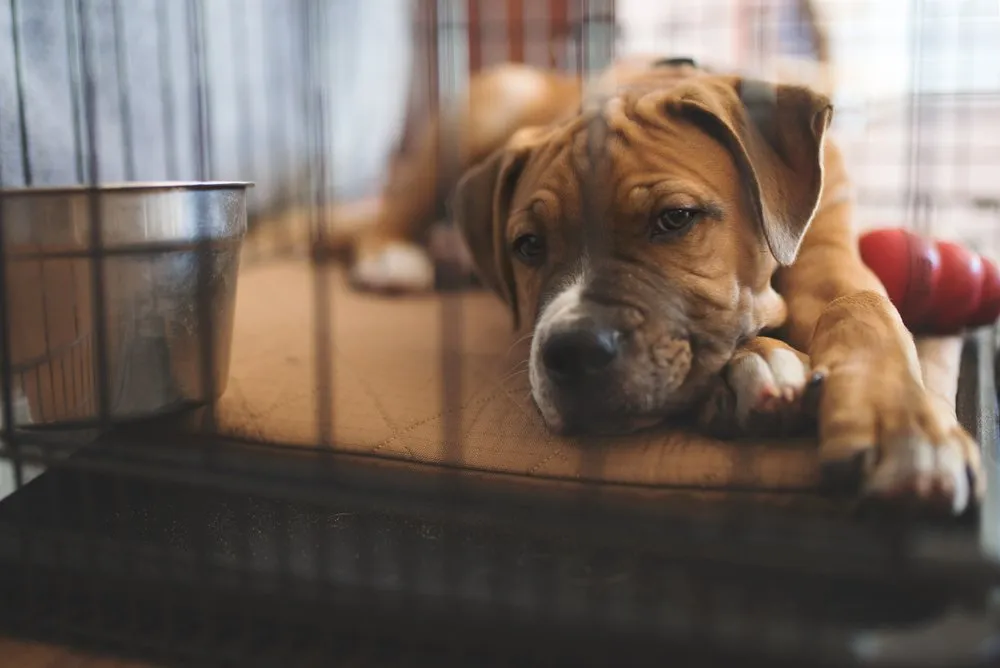
The Ultimate Guide to Crate Training Your Dog
Understanding the Concept and Controversies of Crate Training
Crate training, despite its practical benefits, often sparks controversy among pet owners. The primary concern revolves around whether using a crate constitutes a comfortable, secure space or an overly restrictive environment for dogs. In reality, when done correctly, crate training provides numerous advantages for both pets and their owners. This comprehensive guide explores the proper approach to crate training and addresses common misconceptions and concerns.
Historical Context of Crate Training
Crate training, as a formal method, emerged from observing canine denning instincts. Dogs naturally seek secure, enclosed spaces to relax and feel safe. Understanding this innate behavior has allowed trainers and veterinarians to use crates effectively, transforming them from restrictive boxes to cozy retreats where dogs willingly seek comfort.
Crates vs. Larger Confinement Areas
Owners can choose between traditional crates and larger confinement areas like playpens or baby-gated rooms, each serving unique purposes:
- Crates: Excellent for short-term confinement, reducing destructive behavior, preventing accidents, and offering a secure, calming space for your dog.
- Playpens or Gated Rooms: Ideal for longer absences, providing ample room for movement and play, while still safely restricting your dog’s access to potentially dangerous household items.
Combining a crate within a larger confinement area is a popular method, offering flexibility and space management.

Selecting the Ideal Crate Size
Choosing the correct crate size is essential. The crate should accommodate your dog’s full adult size comfortably. Use crate dividers for puppies, gradually increasing space as they grow. A crate too large might lead puppies to designate excess space for eliminating, hindering potty-training efforts. Correct sizing encourages proper bladder control and cleanliness.
The Importance of Strategic Confinement
Utilize crates or confinement areas primarily during specific scenarios:
- Leaving Home: Short, controlled periods minimize the risk of destructive behavior or accidents.
- Limited Supervision: Effective during activities when direct supervision is impossible.
- Overnight: Provides a secure sleeping environment.
Adopt the guideline: confinement duration equals the dog’s age in months plus one hour, capped at six hours. For extended periods, enlist pet sitters or dog walkers to maintain physical and mental health.
Effective Methods to Crate Train Your Dog
Successful crate training involves creating positive associations:
- Introduction with Rewards: Start by associating the crate with food rewards, gradually increasing confinement duration.
- Routine Feeding: Regular meals served inside the crate reinforce positive connections.
Through gentle and consistent training, most dogs quickly adapt, viewing their crate as a safe haven.
Advanced Crate Training Techniques

Once your dog is comfortable with basic crate use, advanced techniques can further enhance the experience:
- Desensitization: Practice leaving your dog in the crate for varying durations, gradually extending the time to help reduce separation anxiety.
- Crate Games: Introduce crate-based games to maintain engagement and positive associations, such as hiding treats inside or playing short rounds of fetch that end near the crate.
When to Transition Out of Crate Use
Typically, crate training is most vital during puppyhood and adolescence when dogs naturally exhibit more destructive and exploratory behaviors. Gradually introduce unsupervised freedom:
- Initial Freedom: Start with 10-15 minutes, incrementally extending based on your dog’s behavior.
- Use Surveillance Tools: Cameras help monitor progress and behavior during initial unsupervised periods.
Most dogs successfully transition to full home freedom by approximately 12-18 months, though individual readiness varies significantly.
Avoiding Crate Overuse: Critical Considerations
Over-reliance on confinement can impede your dog’s overall behavioral development:
- Behavioral Limitations: Excessive confinement restricts learning opportunities outside the crate, potentially causing hyperactivity, mouthiness, and destructive behaviors.
- Socialization Delays: Puppies need opportunities to interact, explore, and make controlled mistakes to learn acceptable behaviors and boundaries.
- Potty Training Setbacks: Excessive confinement may prevent generalizing potty training to broader home environments.
Strive for balanced confinement use, blending structured crate time with supervised freedom to foster comprehensive development.
Integrating Crate Training into Your Lifestyle
Crate training effectively integrates into various lifestyles, whether urban apartment living or expansive suburban homes. Adjust strategies based on your dog’s unique personality, family schedule, and home environment. Remember, flexibility combined with consistent routines ensures optimal outcomes for crate training efforts.
Recognizing Signs of Successful Crate Training
Effective crate training manifests in clear signs:
- Your dog willingly enters the crate without hesitation.
- They remain calm and settled when inside.
- Absence of anxiety, vocalizations, or destructive behaviors during confinement periods.
Regularly observing these signs will guide you in assessing the effectiveness and adapting your training techniques accordingly.
Troubleshooting Common Crate Training Issues
Address common issues promptly to maintain effective crate training:
- Anxiety or Restlessness: Ensure your dog receives adequate physical and mental stimulation outside the crate.
- Excessive Vocalization: Identify underlying issues, such as boredom or anxiety, and adjust training accordingly.
- Reluctance to Enter: Enhance crate appeal by incorporating more positive experiences, treats, and toys inside.
Final Thoughts: Crate Training as a Positive Tool
Ultimately, crate training should serve as a beneficial management and training tool rather than punitive confinement. It offers numerous advantages, from enhanced safety and reduced household damage to improved behavioral management. By thoughtfully integrating crate training into your pet’s routine and lifestyle, you’ll foster a harmonious relationship with your dog, reinforcing trust and comfort in your shared home.

